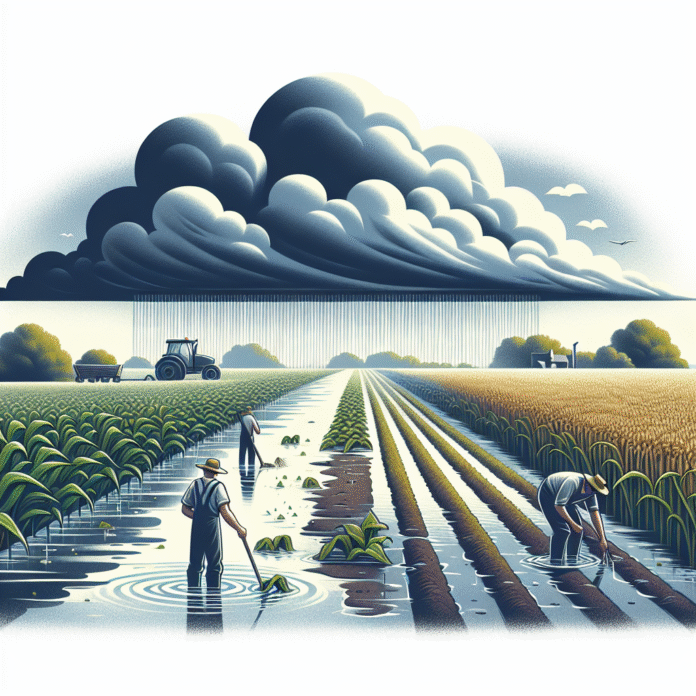UK Farmers Suffer £1bn Loss in Arable Income Due to Severe Wet Weather
UK Farmers Suffer £1 Billion Loss in Arable Income Due to Severe Wet Weather
Recent data reveals that UK farmers have experienced a staggering loss of £1 billion in arable income as a result of extreme wet weather conditions. This significant financial impact underscores the challenges faced by the agricultural sector in adapting to increasingly unpredictable climate patterns.
The persistent rainfall and flooding during critical growing periods have severely affected crop yields across various regions. Many farmers reported that the excessive moisture hindered planting schedules and led to crop damage, particularly in staple crops such as wheat and barley. The situation has been further exacerbated by rising input costs, including fertilizers and fuel, which have squeezed profit margins even tighter.
In addition to immediate financial losses, farmers are also concerned about the long-term implications of climate change on agricultural practices. The unpredictability of weather patterns poses a threat not only to current crops but also to future planting cycles. This has prompted calls for greater investment in sustainable farming practices and innovative technologies to help mitigate the effects of adverse weather conditions.
The government and agricultural organizations are now urged to devise strategies that support farmers in adapting to these climatic challenges. Potential solutions include investing in improved drainage systems, diversifying crops, and implementing more resilient farming techniques.
As the agricultural sector navigates these difficult times, the importance of robust support systems and policies becomes increasingly clear. Addressing the economic and environmental challenges facing UK farmers will be crucial in ensuring the sustainability and productivity of the nation’s agricultural landscape.
